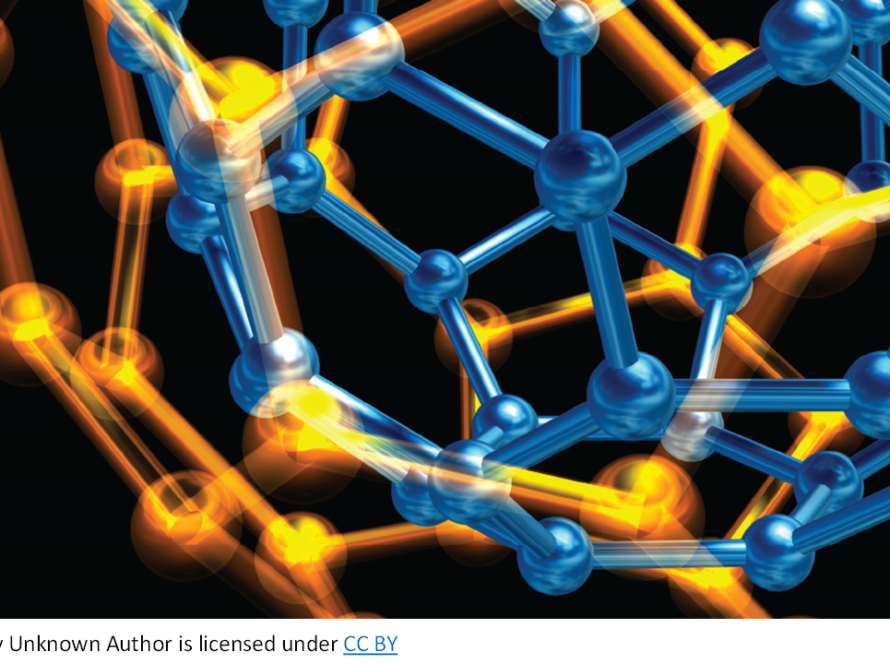For decades, the inner workings of cells have resembled a grand orchestra, with proteins and DNA playing the starring roles. Sugars, relegated to the background as mere fuel sources, have remained shrouded in mystery – the dark matter of the cellular universe. But recent breakthroughs are casting a spotlight on these hidden players, revealing their critical role in conducting the symphony of life.
One of the most intriguing aspects of this cellular drama unfolds in the realm of glycans (sugars) and lectins (proteins that bind sugars). Their intricate interactions, often referred to as the “sugar code,” dictate a vast array of processes, from immune recognition to cell-to-cell communication. However, deciphering this code has proven challenging due to the sugars’ complex structures and fleeting interactions.
A new study by researchers at Université de Montréal has shed light on this enigmatic domain. They’ve developed a groundbreaking tool – a fluorogenic probe – that illuminates these sugar-protein interactions with unprecedented detail. This technique allows scientists to visualize the intricate dance between glycans and lectins, revealing their precise roles in various biological phenomena, from healthy development to disease progression.
The implications of this discovery are far-reaching. By manipulating the sugar code on proteins, scientists envision designing drugs with laser focus, targeting specific cellular processes. This opens doors for treatments in a wide range of diseases, from cancer to autoimmune disorders. Disrupting the communication networks orchestrated by sugars has the potential to offer entirely new avenues for curing these conditions.
The newfound appreciation for sugars goes beyond their function as cellular messengers. Their complex structures create a vast library of interaction possibilities, particularly with proteins. These interactions play a critical role in various biological processes, but their analysis has been hampered by the limitations of conventional methods.
The Université de Montréal team has created a fluorogenic probe that addresses the challenge of studying interactions between glycans and lectins. Acting as a molecular spotlight, this probe makes these fleeting interactions visible for observation, enabling researchers to identify the specific sugars binding to particular proteins and gain crucial insights into their functional roles. This probe’s effectiveness lies in its use of light. When a sugar encounters its corresponding protein, the probe transforms, emitting a fluorescent signal that serves as a beacon guiding scientists to the precise location of the interaction. Its sensitivity allows for detecting even transient encounters, providing an extensive understanding of the sugar-protein landscape within cells.
This newfound ability to illuminate cellular biology’s “dark matter” signifies significant progress. By comprehending how glycan-lectin interactions regulate cellular processes, researchers can obtain valuable insights into health and disease. Beyond fundamental research, this probe holds promise for developing innovative diagnostic tools and therapeutic strategies across various diseases.
Once-overlooked sugars are now recognized as vital regulators in life’s symphony. As scientists decode the sugar code further, they anticipate unraveling profound implications on health and disease with potential revolutionary impacts on medicine—offering new hope for enhancing human health and well-being.

References:
- Science X. (2023, November 14). Shedding new light on sugars, the “dark matter” of cellular biology. Retrieved March 8, 2024, from Phys.org website: https://phys.org/news/2023-11-sugars-dark-cellular-biology.html
- University of Montreal. (2023, November 14). Shedding new light on sugars, the “dark matter” of cellular biology. Science Daily. Retrieved from https://www.sciencedaily.com/releases/2023/11/231114143815.htm
- Bousch, C., Vreulz, B., Kansal, K., El-Husseini, A., & Cecioni, S. (2023). Fluorogenic photo‐crosslinking of glycan‐binding protein recognition using a fluorinated azido‐coumarin fucoside. Angewandte Chemie (International Ed. in English), 62(49). doi:10.1002/anie.202314248. https://onlinelibrary.wiley.com/doi/10.1002/anie.202314248




